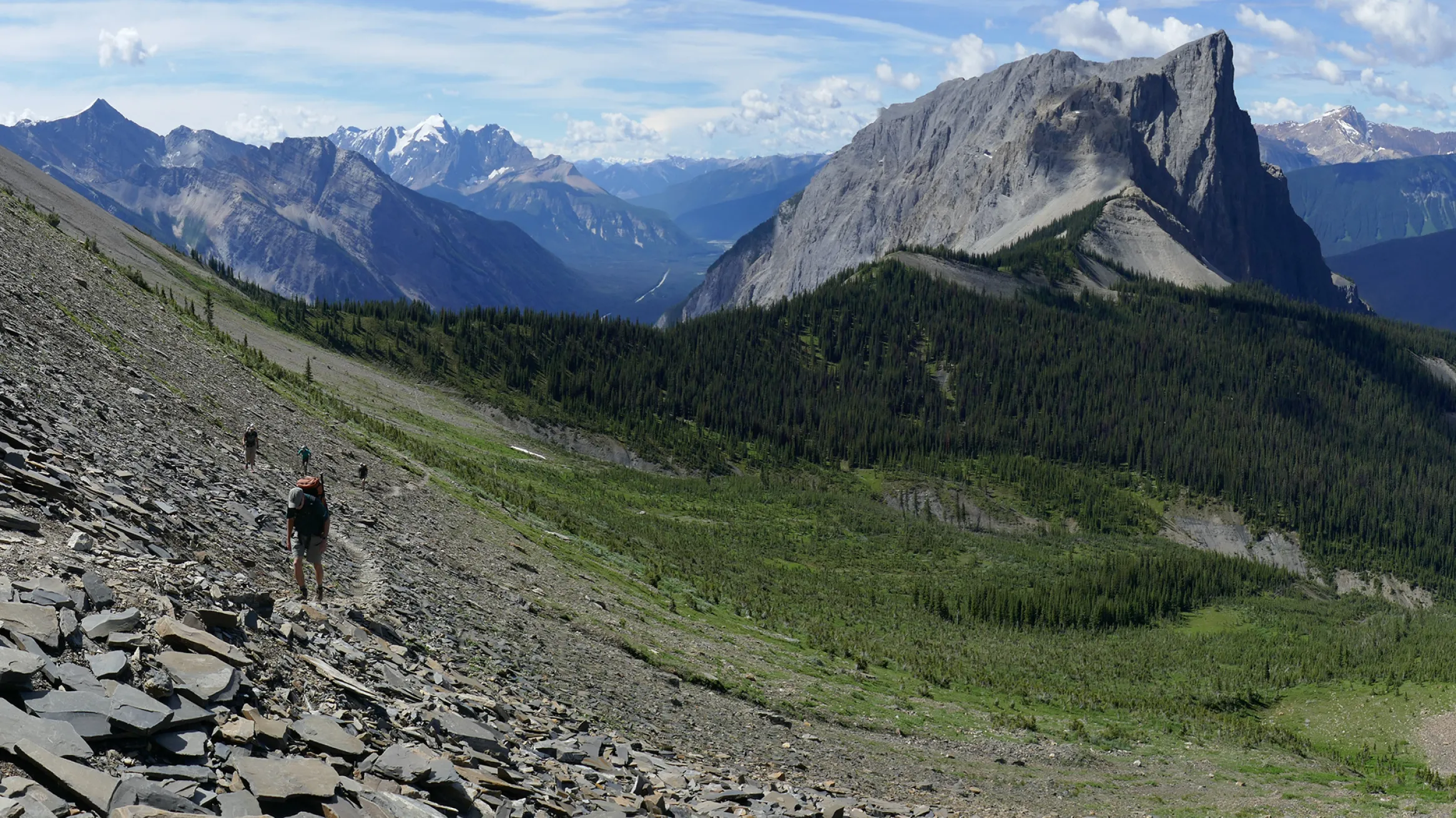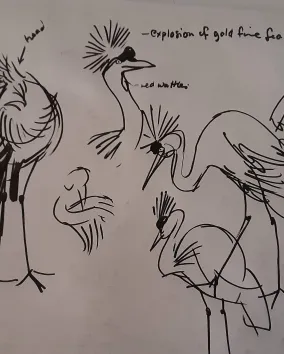About
Take a special behind the scenes look at some of the weird and wonderful Burgess Shale animals collected by ROM in over the past 50 years. Participants will visit the Willner Madge Dawn of Life Gallery, interact with a special video retrospective of the Museum’s Burgess Shale expeditions, and delve into the variety and evolutionary significance of animal forms represented on display. In this workshop, designed exclusively to celebrate the 50th anniversary of the first Burgess Shale fossil discoveries, participants are invited into the world of fossil research through examining real fossils from the collections at ROM, and join in discussions about current Burgess Shale research.
Related

Gallery
Dawn of Life
Bringing the dawn of life to life. New gallery now open.

Project
Burgess Shale Projects
The Cambrian radiation represents the sudden worldwide appearance and rapid diversification of animals. The record of this critical event is documented in a series of exceptional fossil deposits with preservation of soft-bodied animals, especially in China and Canada. The Burgess Shale, located in the UNESCO World Heritage Canadian Rocky Mountain Park in British Columbia represents one of the most famous palaeontological localities anywhere. This site is famous for its exquisite preservation of soft-bodied animals dating from the Middle Cambrian (505 million-year-old) period. Preserved with stunning clarity, Burgess Shale fossils provide an unprecedented source of ecological and biological information not available in most fossil deposits.
Related events
Rules & Guidelines
These events are offered in English only.




